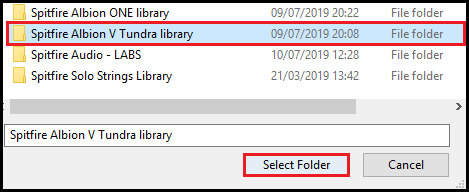
You'll notice that the 'Subtle Bell' instrument has a fairly elaborate Performance View, where you can adjust various parameters for the instrument. (Should you want to see an example of such interference, try the following tutorial with Kontakt's 'Grand Piano.nki' instrument instead.) 'Subtle Bell' allows us to add our own Script without having to worry. Although you can add scripts to any instrument you like, it's important when adding a Script to an instrument already containing a Script - as we're about to do - that the instructions in the existing Scripts don't interfere with the instructions you want to add. This might seem a curious choice of instrument, but there's a reason. Like most instruments in the Kontakt 4 Factory library, 'Subtle Bell' includes a multi‑tabbed Performance View where parameters for the instrument can be adjusted.For this example, we'll use the 'Subtle Bell.nki' instrument that's part of Kontakt 4's Factory library, from the Synth folder. Most of the discussion should also apply to Kontakt 3, but be warned that there are some subtle and some not‑so‑subtle differences between versions 3 and 4 when it comes to scripting and the built‑in Script Editor. The goal of this workshop is to get you started with those fundamentals.īefore we begin, I should mention that the following text is written with Kontakt 4, the current version, in mind. And while scripting for Kontakt can, indeed, become quite complex, even the most seemingly cryptic Script is built on simple fundamentals that are easy for anyone to learn. The whole idea of scripting is that it allows you to add functionality to Kontakt without having to know anything about the program's code. However, you don't need to be a programming wizard in order to write a Script. While the idea of writing your own Scripts for Kontakt may seem appealing, you might be worrying about the complexity of such an endeavour. And although I wouldn't go so far as to use a cliché like "anything is possible”, KSP can certainly make a large number of your ideas for sample‑based instruments achievable. You might write instructions to add harmonies for notes that are played, control the built-in effects used in an instrument, or even create your own arpeggiators and step sequencers. It enables you to write Scripts, which can be thought of as lists of instructions that manipulate the way a Kontakt instrument works.

One of Kontakt's most powerful features is the Kontakt Script Processor (KSP). It's popular with content developers and end users alike, and the number of instrument libraries available in Kontakt format seems to grow almost daily. Over the last few years, Native Instruments' Kontakt has become one of the most widely used software samplers.


Take advantage of this powerful feature to customise your Kontakt patches any way you like. The key to unlocking the power of Native Instruments' Kontakt sampler lies in its Script Processor.


 0 kommentar(er)
0 kommentar(er)
